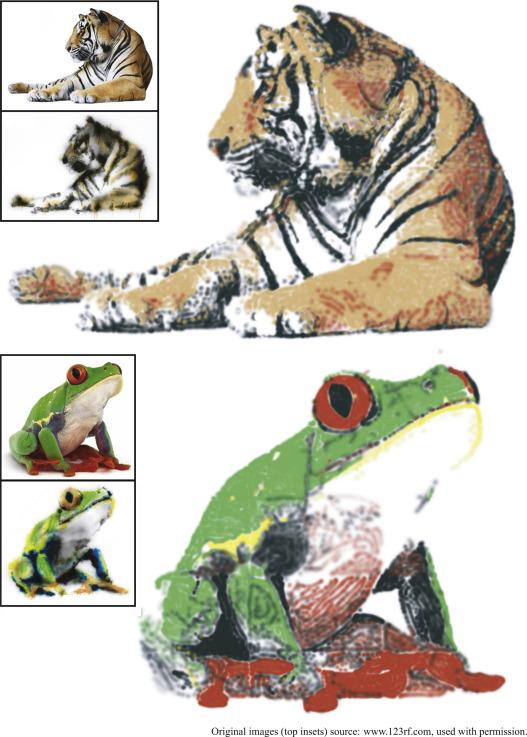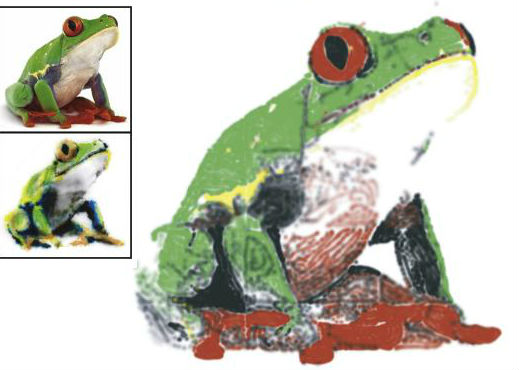No art skills required: This robotic spray can paints giant murals
Robots have skills that range from cooking, cleaning, and driving, to health care and surgical practice — and now they’re painting giant artistic murals.
Researchers from Dartmouth University have developed a “smart” spray paint can that can recreate photos as large-scale murals.
The technique, a collaboration between ETH Zurich, Disney Research Zurich, Dartmouth College and Columbia University, employs computer tech that spray paints a photo, and can be used in digital fabrication, digital and visual arts.
The “smart” spray can system builds on computer-aided painting, which originated in the early 1960s. While spray paint is pretty easy to use, even skilled artists find it difficult to cover large surfaces to create giant murals.

The computer-aided system uses an ordinary paint spray can and tracks the can’s position in relation to the wall or canvas. Then it recognizes what image it “wants” to paint. It is the human that waves the pre-programmed spray can around the canvas, but it’s the system that automatically operates the spray on/off button in order to reproduce the specific image as a spray painting.
The researchers’ prototype is quick and lightweight and includes two webcams and QR-coded cubes for tracking, as well as a small actuation device for the spray can, attached via 3D-printed mount.
Paint commands are relayed using a radio that’s directly connected to a servo-motor operating the spray nozzle. The real-time algorithm determines the optimal amount of paint of the current color to spray at the spray can’s tracked location on a nearby computer.
In reality, the painter doesn’t even need to know what the image was beforehand because the painting will reveal itself as he or she waves the can around.
“Typically, computationally-assisted painting methods are restricted to the computer,” said Wojciech Jarosz, an assistant professor of computer science at Dartmouth who previously was a senior research scientist at Disney Research Zurich. “In this research, we show that by combining computer graphics and computer vision techniques, we can bring such assistance technology to the physical world even for this very traditional painting medium, creating a somewhat unconventional form of digital fabrication. Our assistive approach is like a modern take on ‘paint by numbers’ for spray painting. Most importantly, we wanted to maintain the aesthetic aspects of physical spray painting and the tactile experience of holding and waving a physical spray can while enabling unskilled users to create a physical piece of art.”
The researchers tested the automated painting system on large sheets of paper the size of giant murals. Currently the technique can only be used on flat surfaces, but the researchers believe that future work may include enabling it to be used on more complicated surfaces.


Comments are closed, but trackbacks and pingbacks are open.